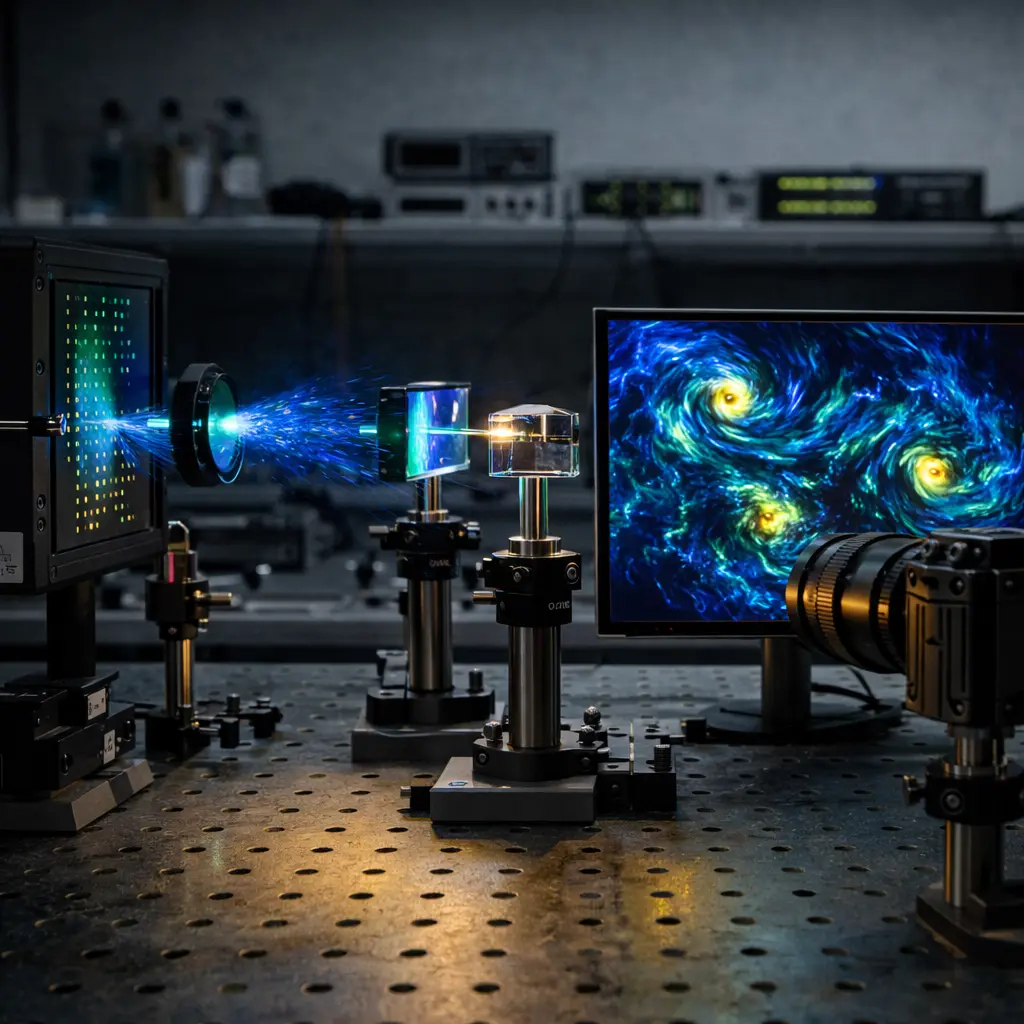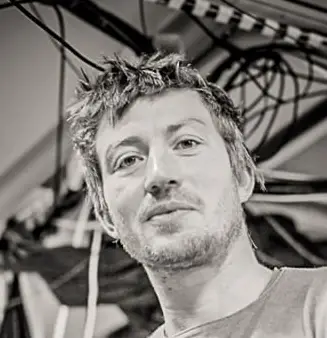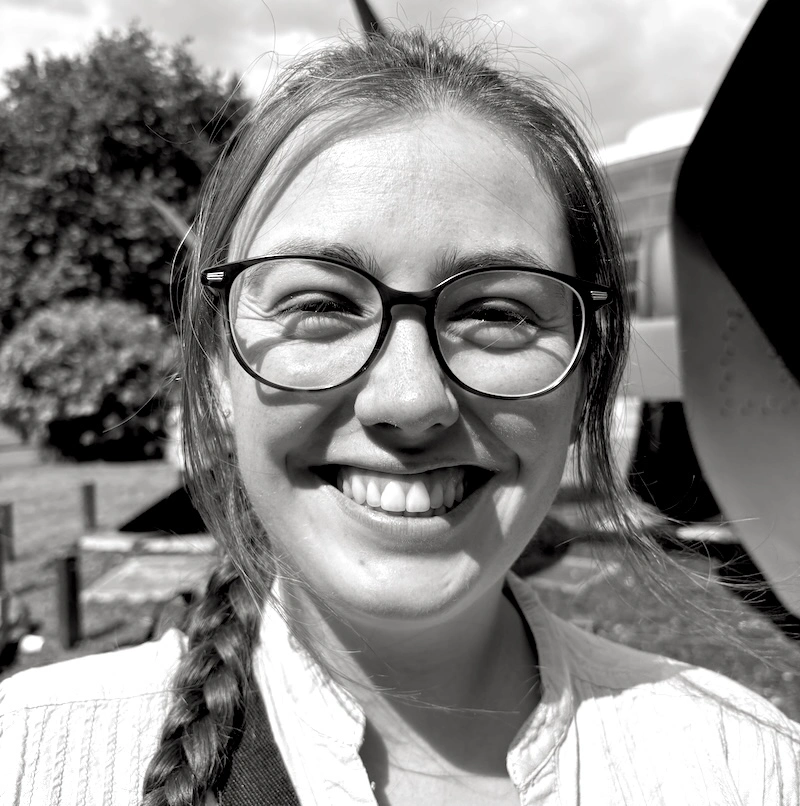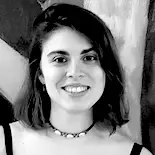Quantum Quenches
Imagine a quantum system prepared at t=0 in a pure state which is the ground state of some Hamiltonian (or, more generally, in a thermal state at a temperature less than the gap to the first excited state). For times t>0, the system evolves according to the dynamics given by a different Hamiltonian after varying a parameter such as the interactions. This variation is called a quench, when it is carried over a short time scale compared to the energy of the first excited state. An important question is: how do the local observables and the correlation then evolve ?
A vast topic that fluids of light can help investigate is analogue gravity, i.e. how to mimic gravitational effects in a non-linear optics experiment. The underlying idea behind hydrodynamical model for gravity has been introduced by W. Unruh. In 1981, he showed that sound waves in an accelerated flowing medium mimic the space-time geometry of a black hole with a well defined event horizon. In our lab we study the spontaneous creation of analogue cosmological particles due to the rapid expansion of the Universe after the Big-Bang in a quenched superfluid of light.
Shockwaves formation
The emerging area of atomtronics proposes to characterize the quantum gases systems by letting atomic currents flow onto them. In this context, we study the dynamics following the imprinting of a current on a 1D fluid of light ring interrupted by a small barrier. Moreover, we study the effect of a local over-density in an homogenous fluid of light and report the formation of dispersive shockwaves.
Turbulence
Two-stream instability is a widely studied phenomenon, especially in the domain of plasma physics. This is also an exciting problem to explore with a fluid of light when two counter-flowing fluids interact via the optical nonlinearity. Under specific conditions, an instability can be triggered in 2D photon fluid mixture, rooted in the resonant energy transfer from the drift velocity to the elementary Bogoliubov excitations of the photon gas. This unstable regime can be explored experimentally in our platform.
In the direct line of turbulence measurement, we propose to study two-stream instability by changing the ratio between the flow velocity and the speed of sound of the collective Bogoliubov excitations.This has been predicted that certain class of instabilities may also provide a route towards the generation of topological structures such as vortices and solitons in quantum gases. This play an important role in the investigation of out-of-equilibrium phenomena in the superfluid regime and, in particular, in the excitation of quantum turbulence.
Associated publications
-
NLSE: A Python package to solve the nonlinear Schrödinger equation
Tangui Aladjidi, Clara Piekarski, Quentin Glorieux
Journal of Open Source Software JOSS 9, 99 6607 (2024)
Open access:
-
Turbulent dynamics in a two-dimensional paraxial fluid of light
Myrann Baker-Rasooli, Wei Liu, Tangui Aladjidi, Alberto Bramati, Quentin Glorieux
Physical review A 108, 6 (2023)
Open access:
-
Nonequilibrium Prethermal States in a Two-Dimensional Photon Fluid
Murad Abuzarli, Nicolas Cherroret, Tom Bienaimé, Quentin Glorieux
Physical Review Letters 129, 10 (2022)
Open access:
-
Quantitative Analysis of Shock Wave Dynamics in a Fluid of Light
Tom Bienaimé, Mathieu Isoard, Quentin Fontaine, Alberto Bramati, А. М. Камчатнов, Quentin Glorieux, Nicolas Pavloff
Physical Review Letters 126, 18 (2021)
Open access:
-
Blast waves in a paraxial fluid of light (a)
Murad Abuzarli, Tom Bienaimé, E. Giacobino, Alberto Bramati, Quentin Glorieux
EPL 134, 2 24001 (2021)
Open access:
-
Dissipation-enhanced collapse singularity of a nonlocal fluid of light in a hot atomic vapor
P. Azam, Adrien Fusaro, Quentin Fontaine, Josselin Garnier, Alberto Bramati, Antonio Picozzi, Robin Kaiser, Quentin Glorieux, Tom Bienaimé
Physical review A 104, 1 (2021)
Open access:
-
Taming the snake instabilities in a polariton superfluid
Ferdinand Claude, Sergei V. Koniakhin, Anne Maı̂tre, Simon Pigeon, Giovanni Lerario, Daniil D. Stupin, Quentin Glorieux, E. Giacobino, D. D. Solnyshkov, Guillaume Malpuech, Alberto Bramati
Optica 7, 12 1660 (2020)
Open access:
-
Stationary Quantum Vortex Street in a Driven-Dissipative Quantum Fluid of Light
Sergei V. Koniakhin, Olivier Bleu, Daniil D. Stupin, Simon Pigeon, Anne Maı̂tre, Ferdinand Claude, Giovanni Lerario, Quentin Glorieux, Alberto Bramati, D. D. Solnyshkov, Guillaume Malpuech
Physical Review Letters 123, 21 (2019)
Open access:





